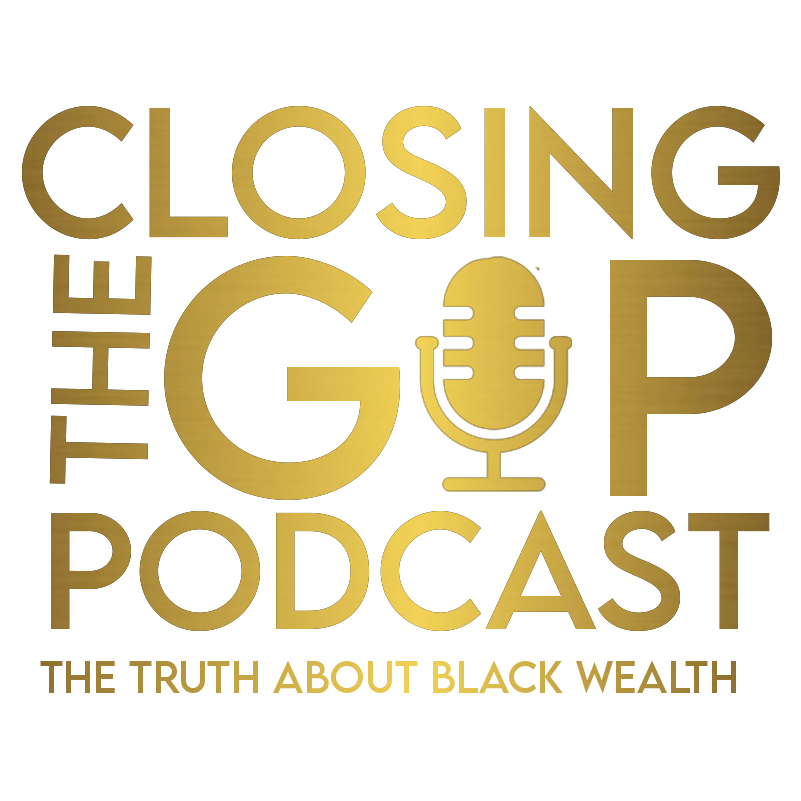“Financial literacy” is a term used to describe a person’s ability to comprehend and use financial skills, such as personal finance, budgeting, and investing. It is sometimes used interchangeably with “financial capability.” Its opposite is “financial illiteracy,” which is meant only as a description of financial knowledge and not as a pejorative. The racial gap in financial literacy describes the difference in financial literacy between racial groups.
Financial literacy is one of a few factors that affect the broader concept of economic well-being, which also includes the ability to make ends meet, plan ahead, manage financial products, and make good decisions. According to national surveys, basic financial literacy in the United States is generally low, and federal surveys reveal gaps among racial groups and ethnicities.
KEY TAKEAWAYS
- Financial literacy describes the ability of people to utilize financial skills, such as budgeting or investing.
- As the use of credit cards, mortgages, and student loans has become more common, financial literacy has become more crucial.
- There’s a disparity in the rates of financial literacy across different racial and ethnic groups in the United States, with Black, Hispanic, and Native American populations tending to have lower rates of financial literacy and White and Asian populations tending to have higher rates.
- Financial literacy is bound up with the structural factors that drive the racial wealth gap in the United States.












